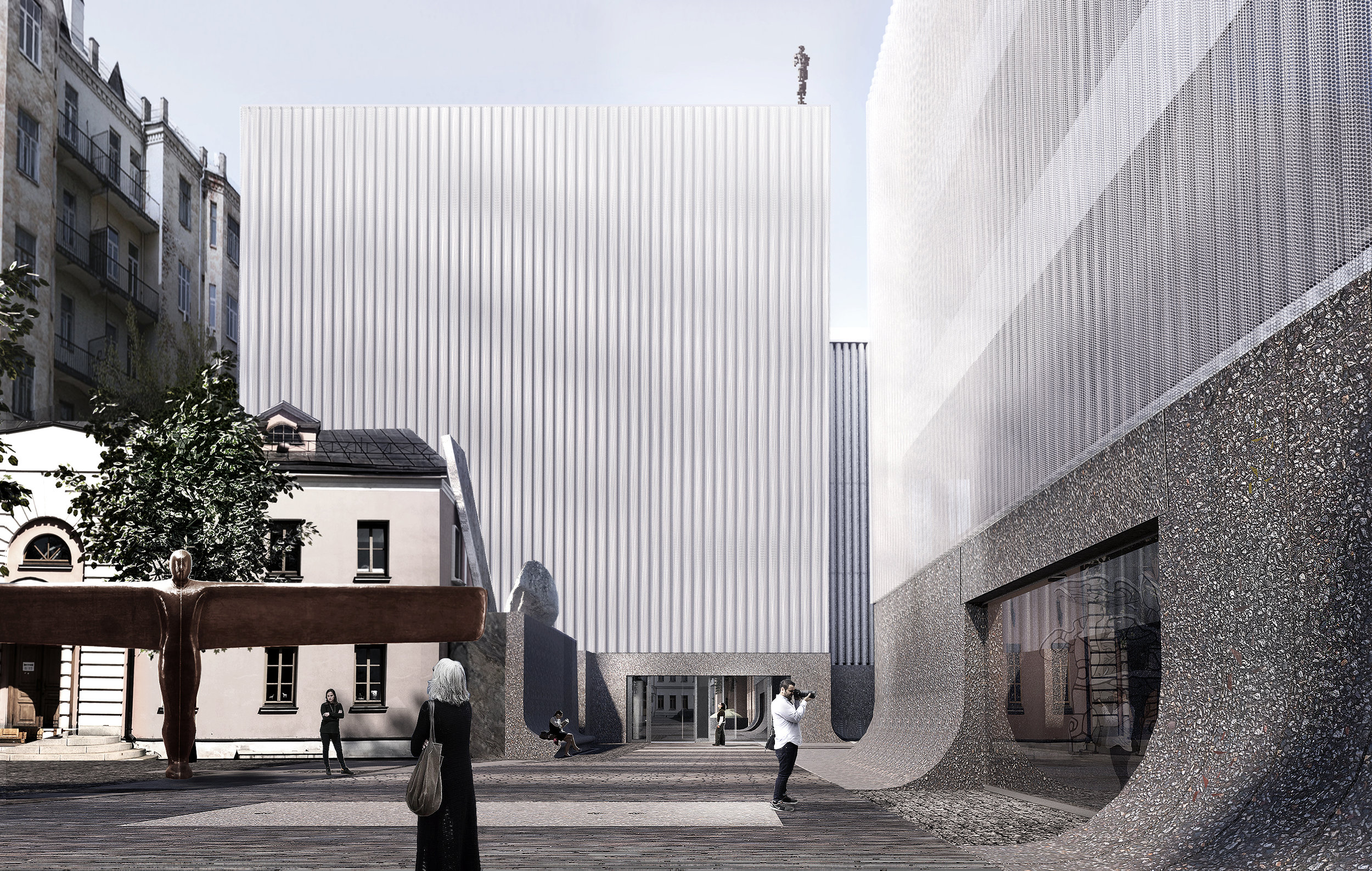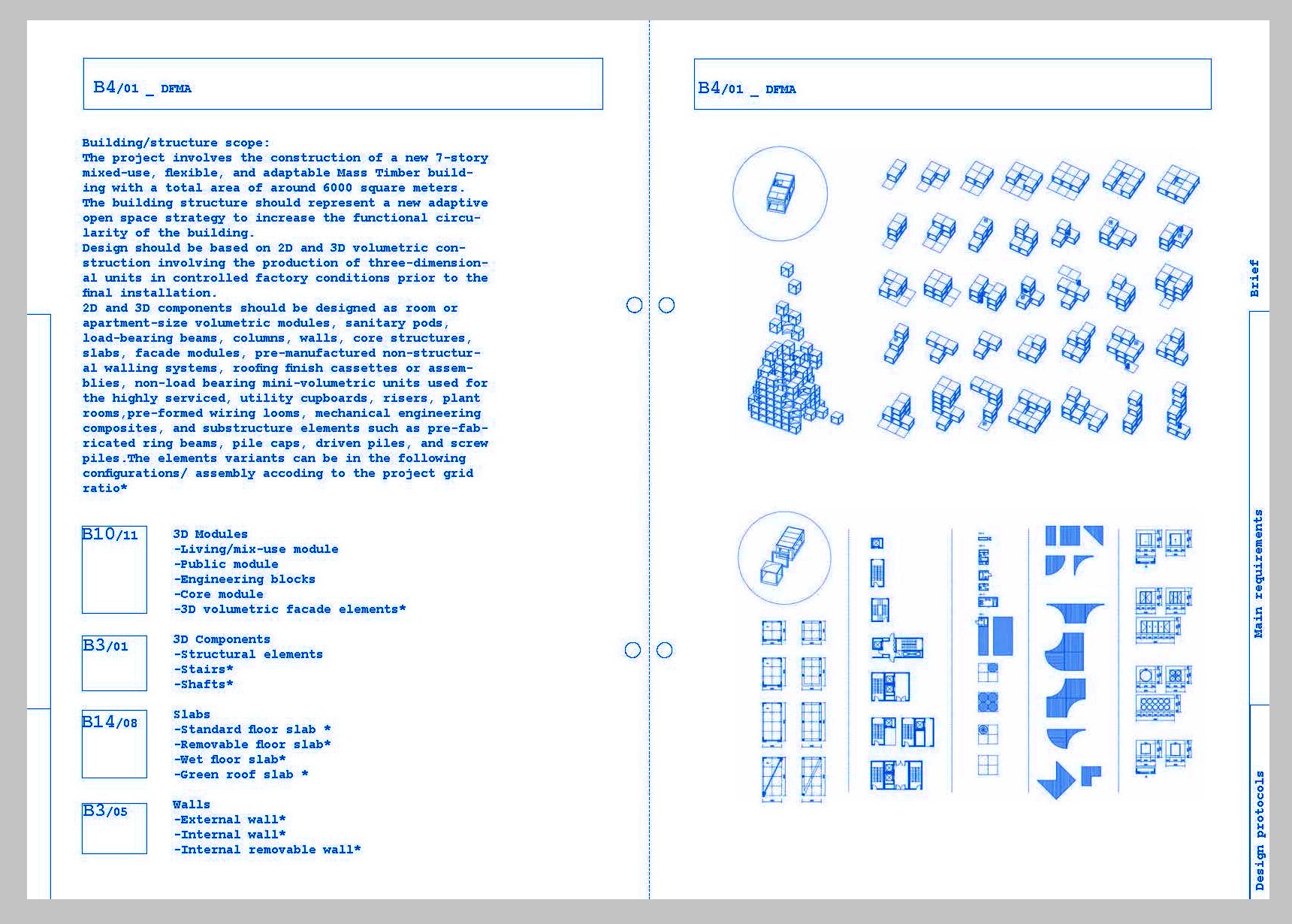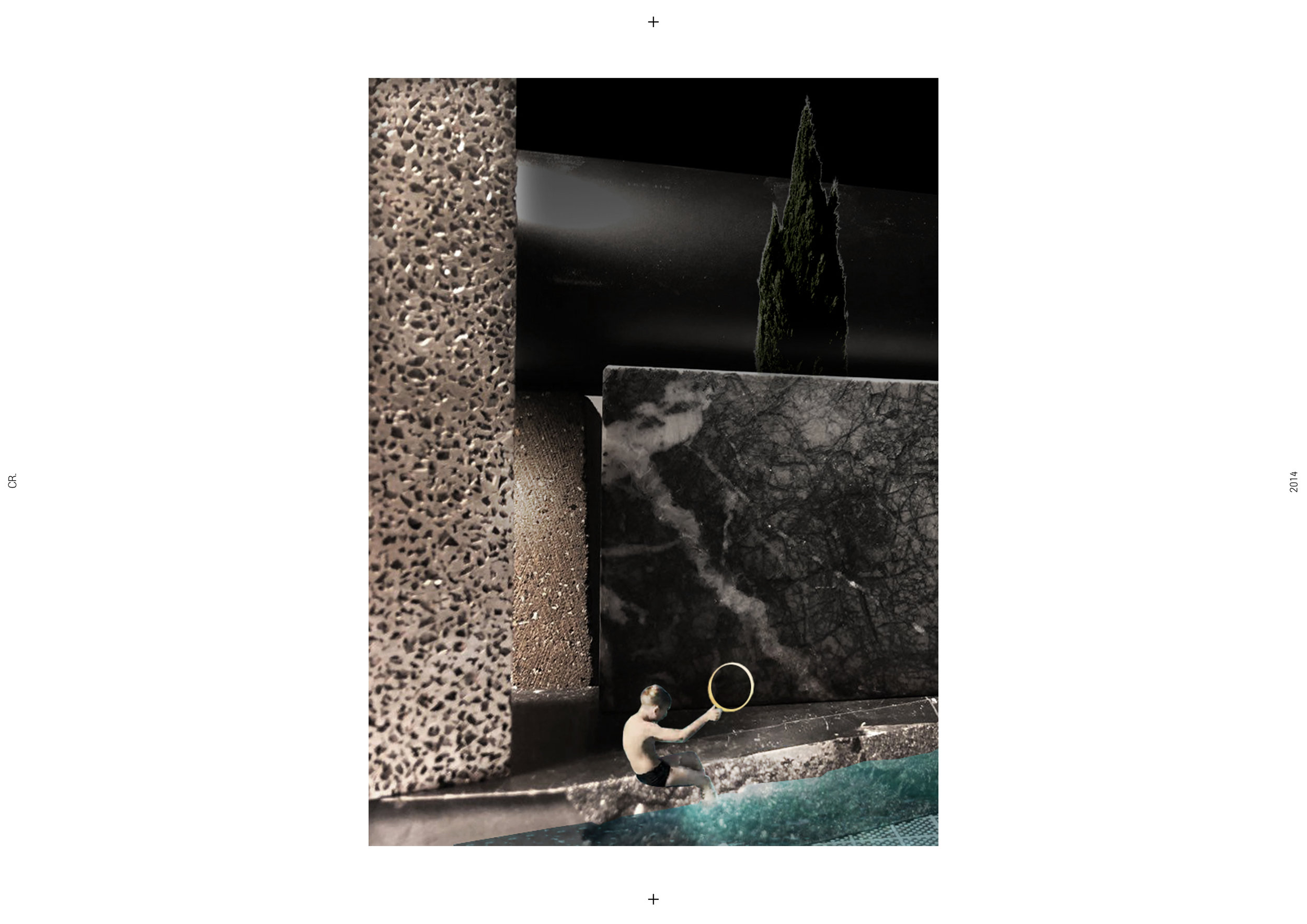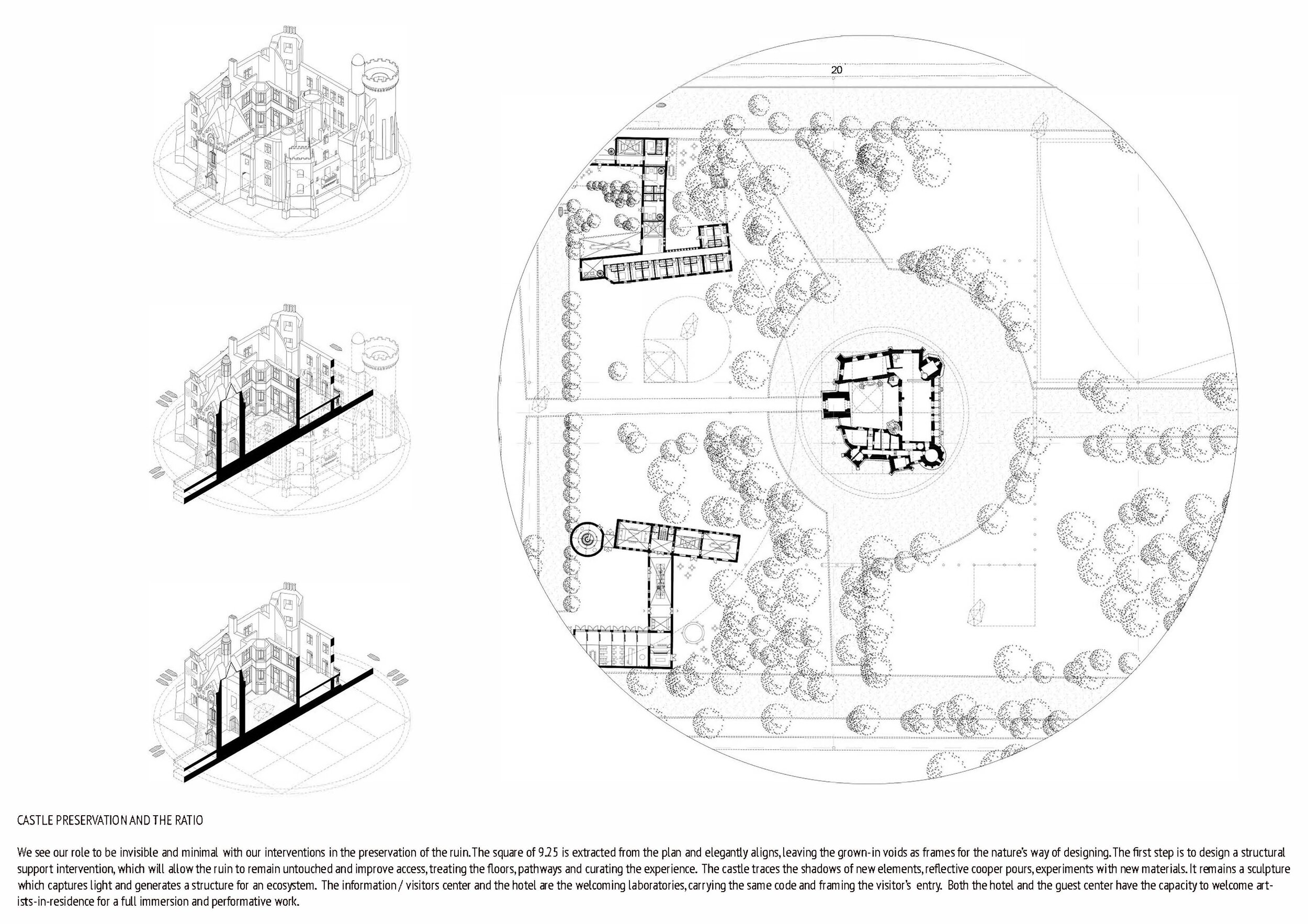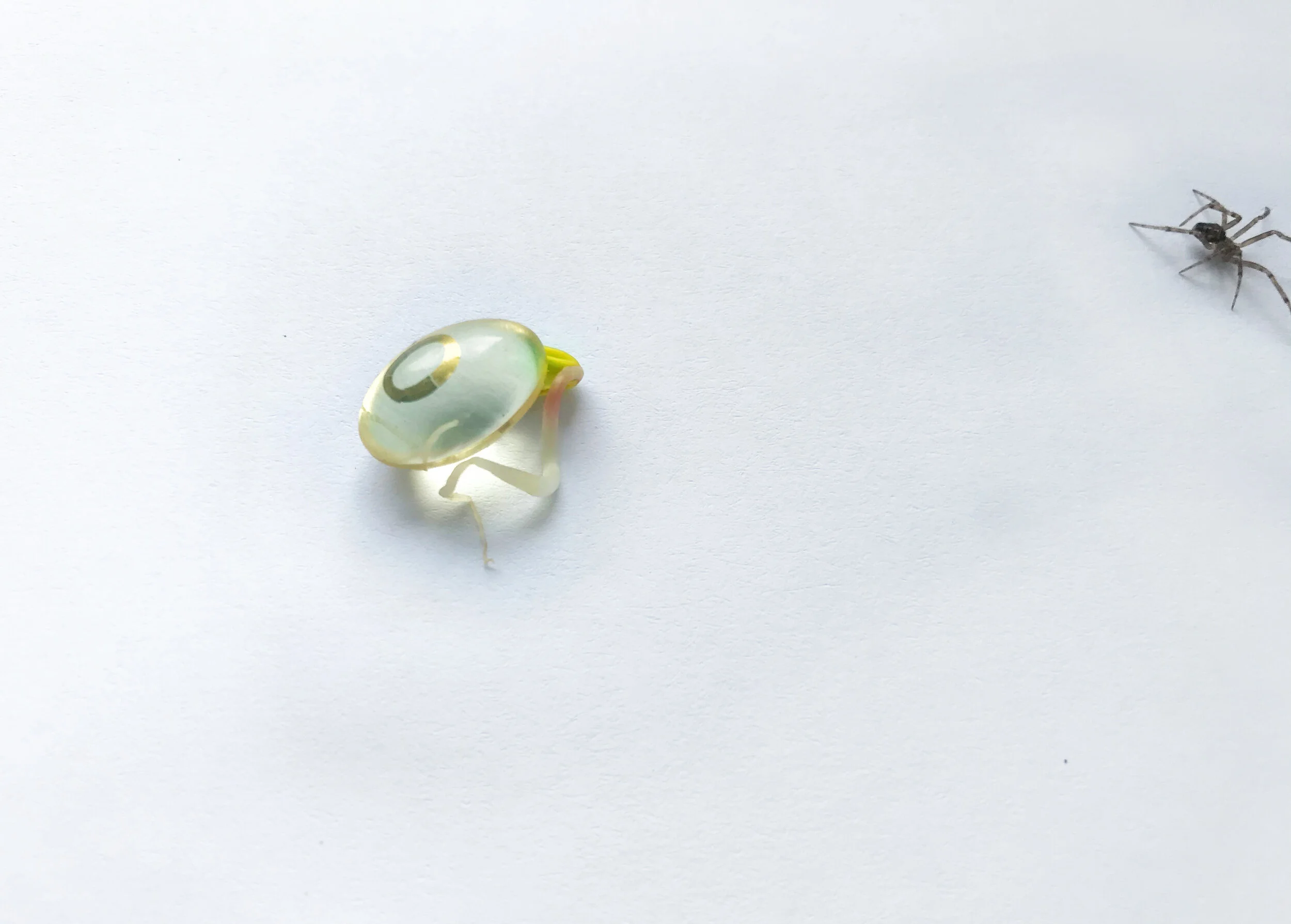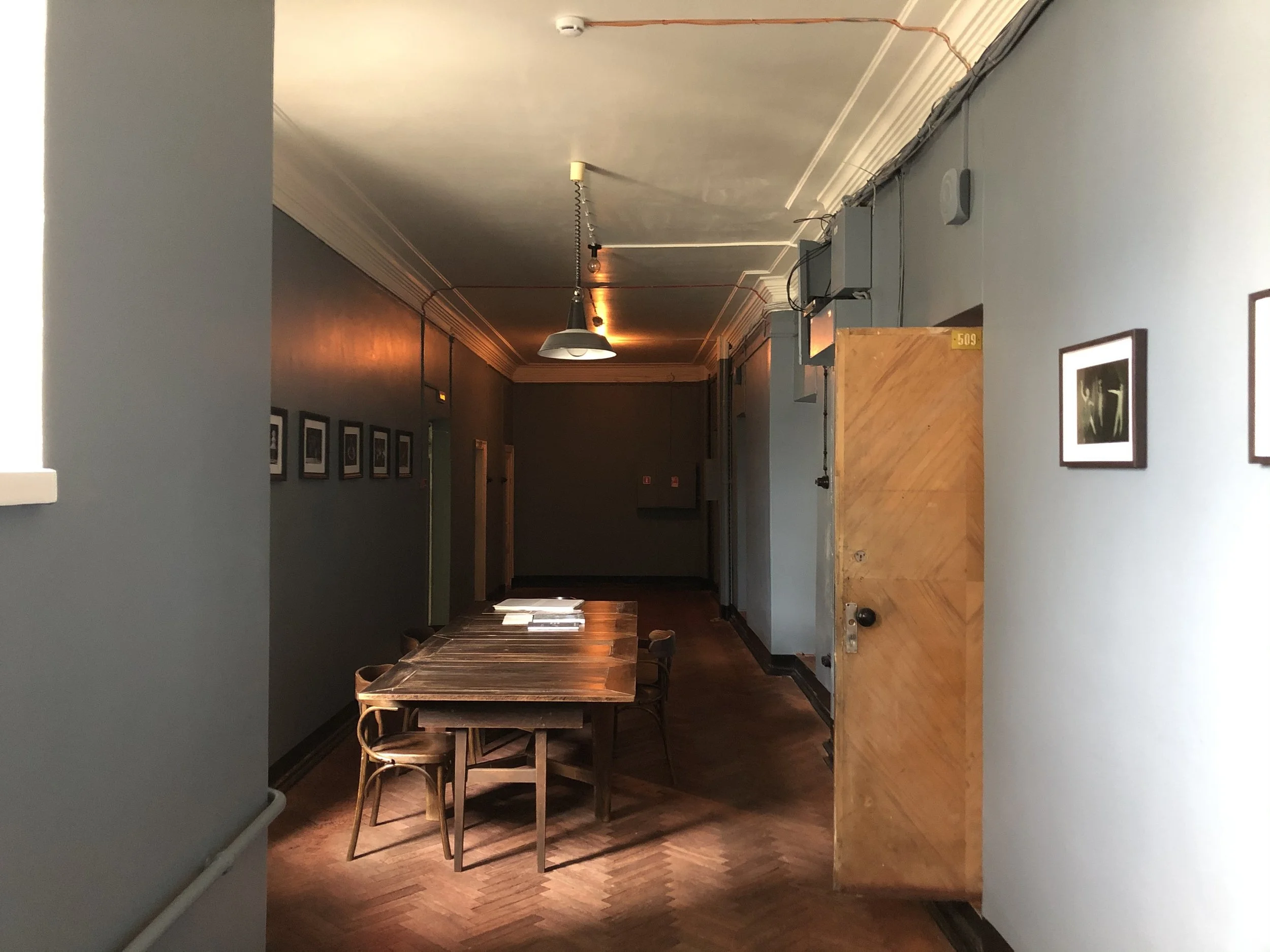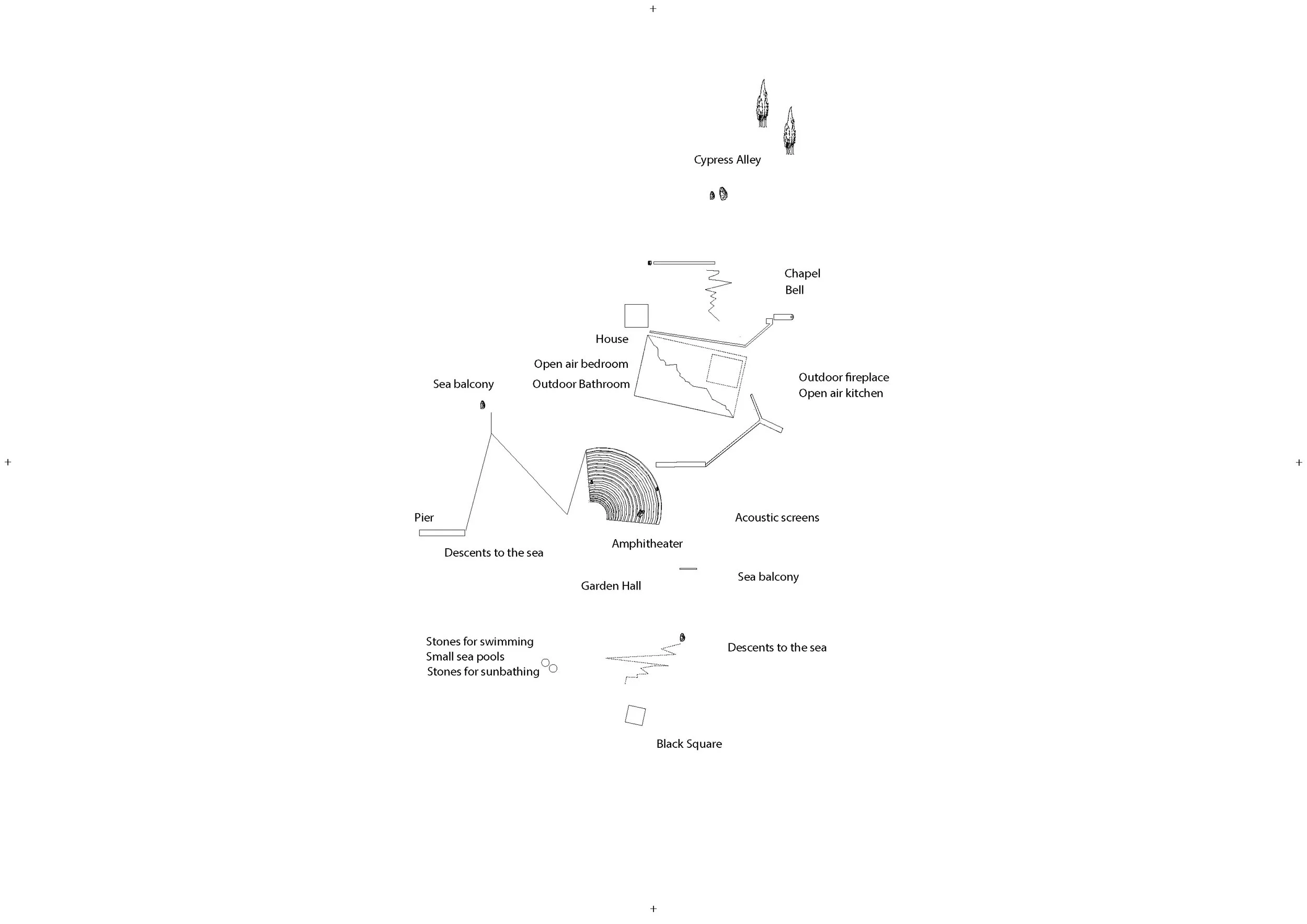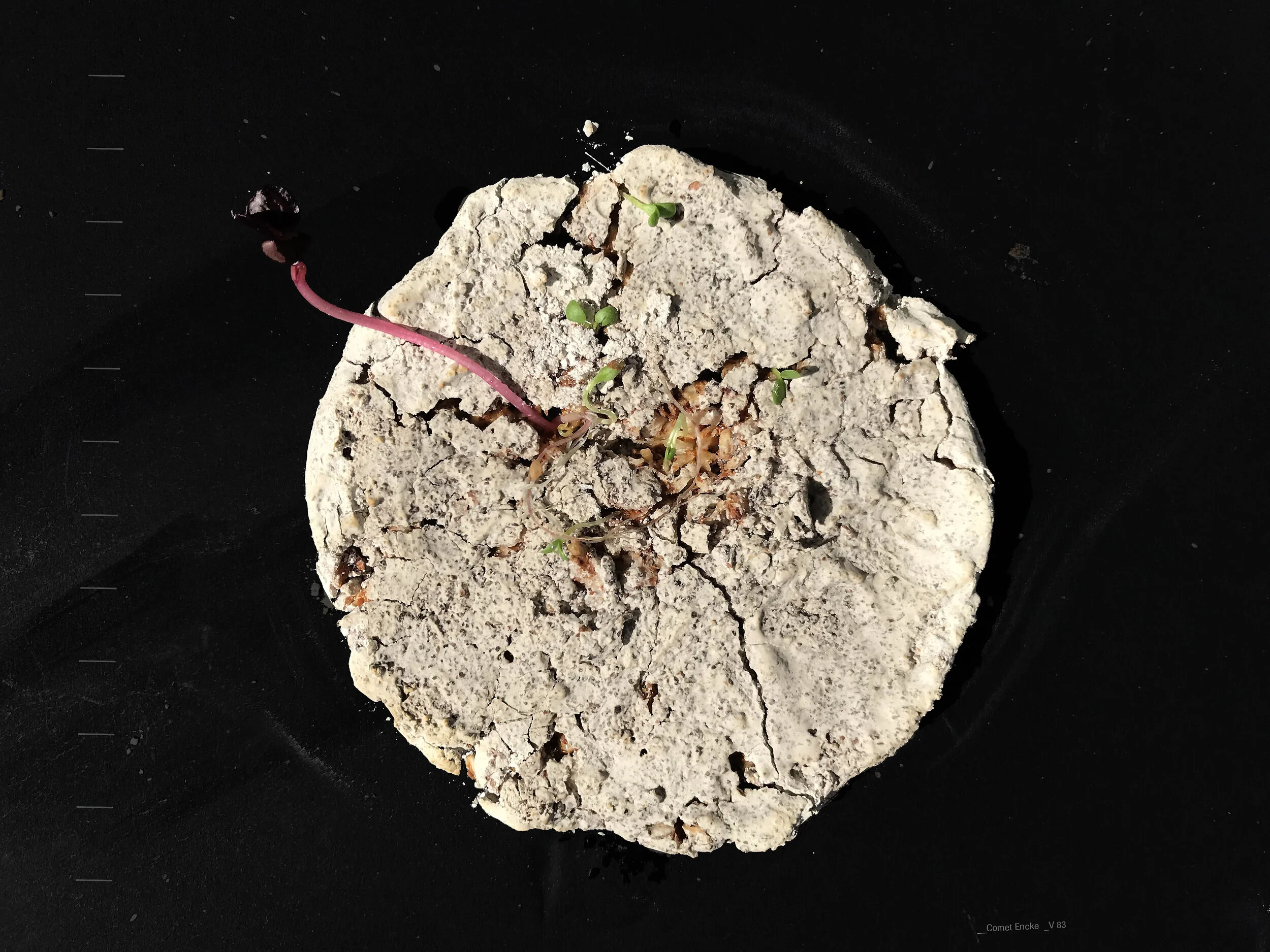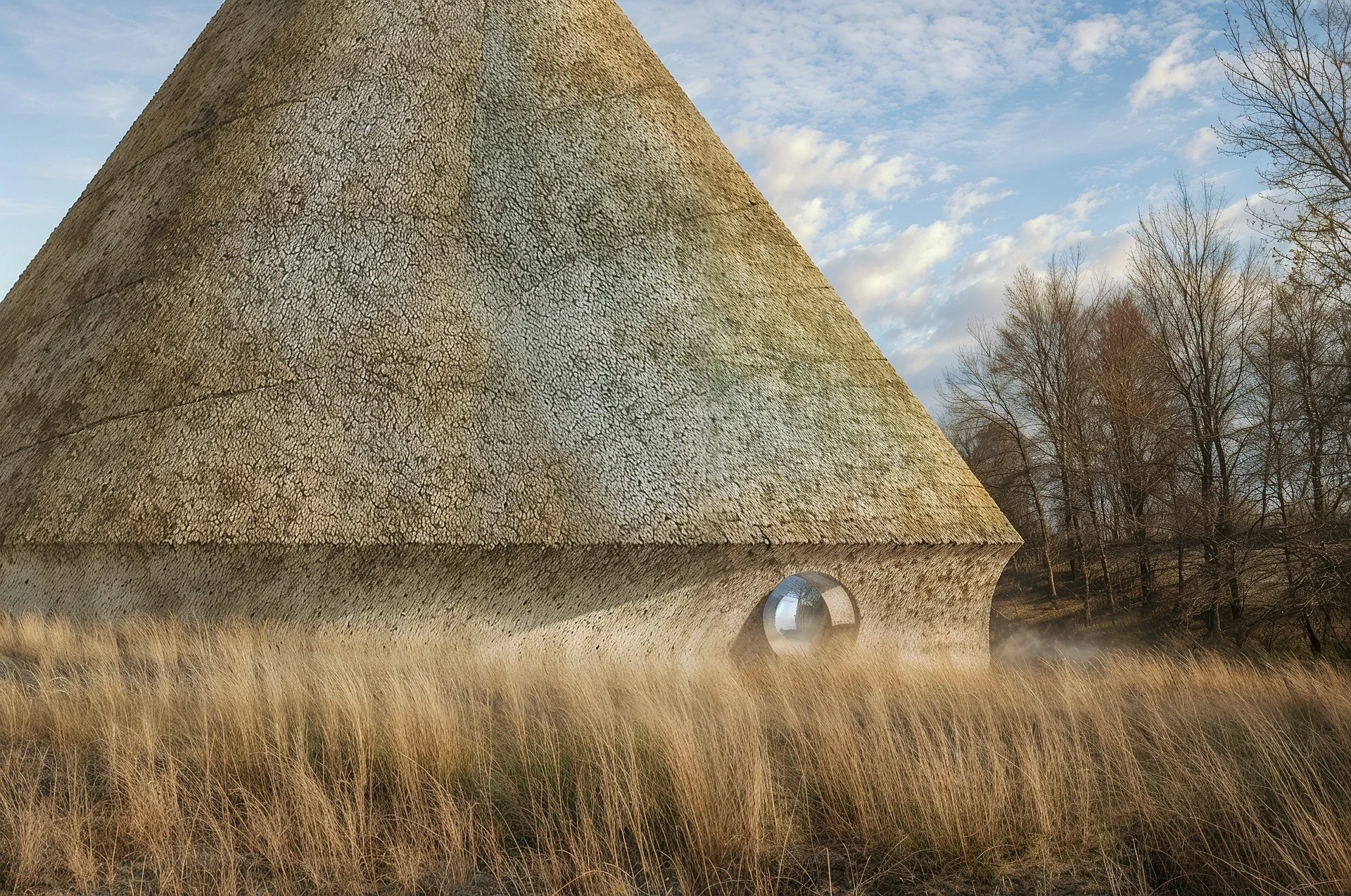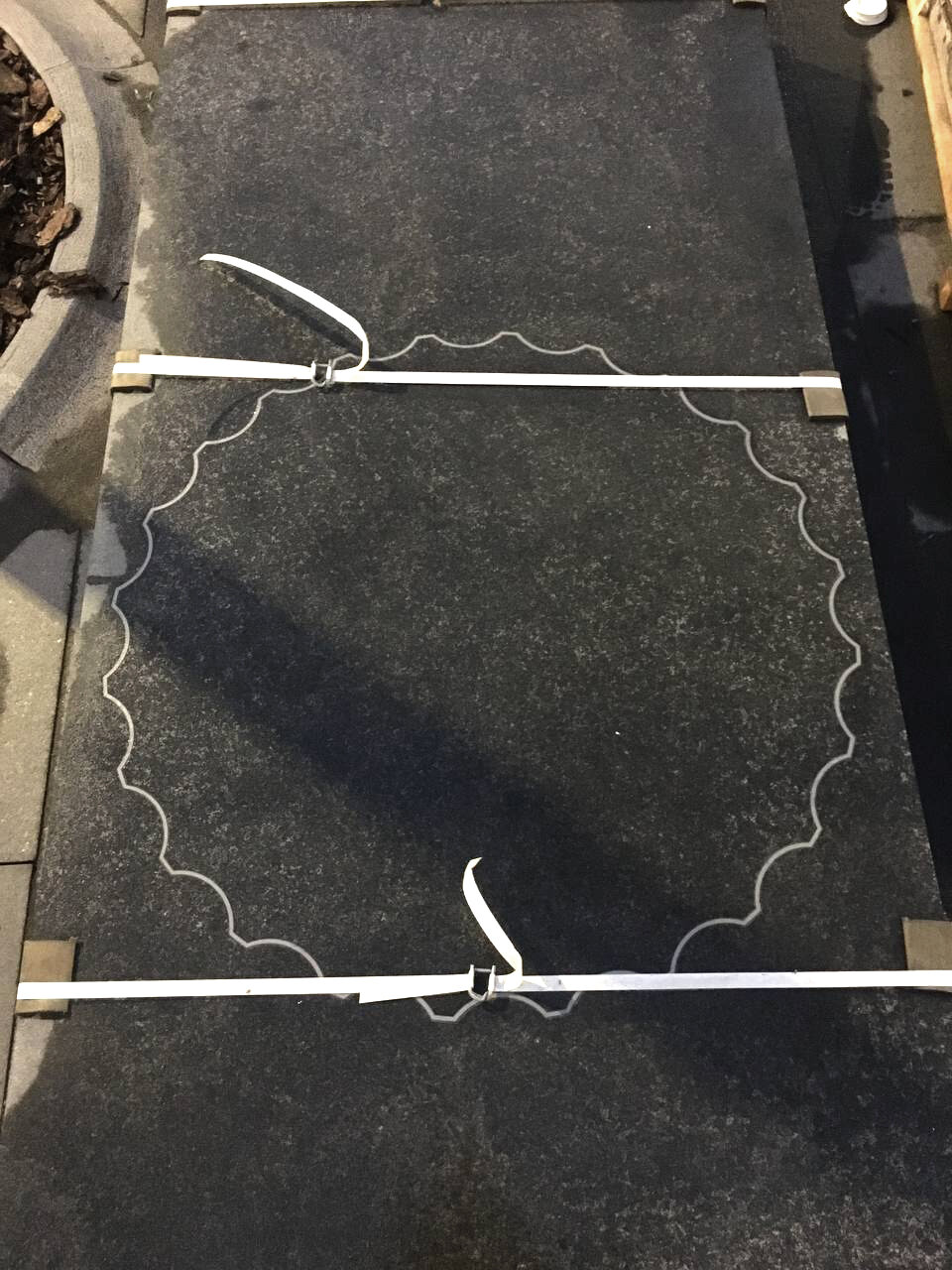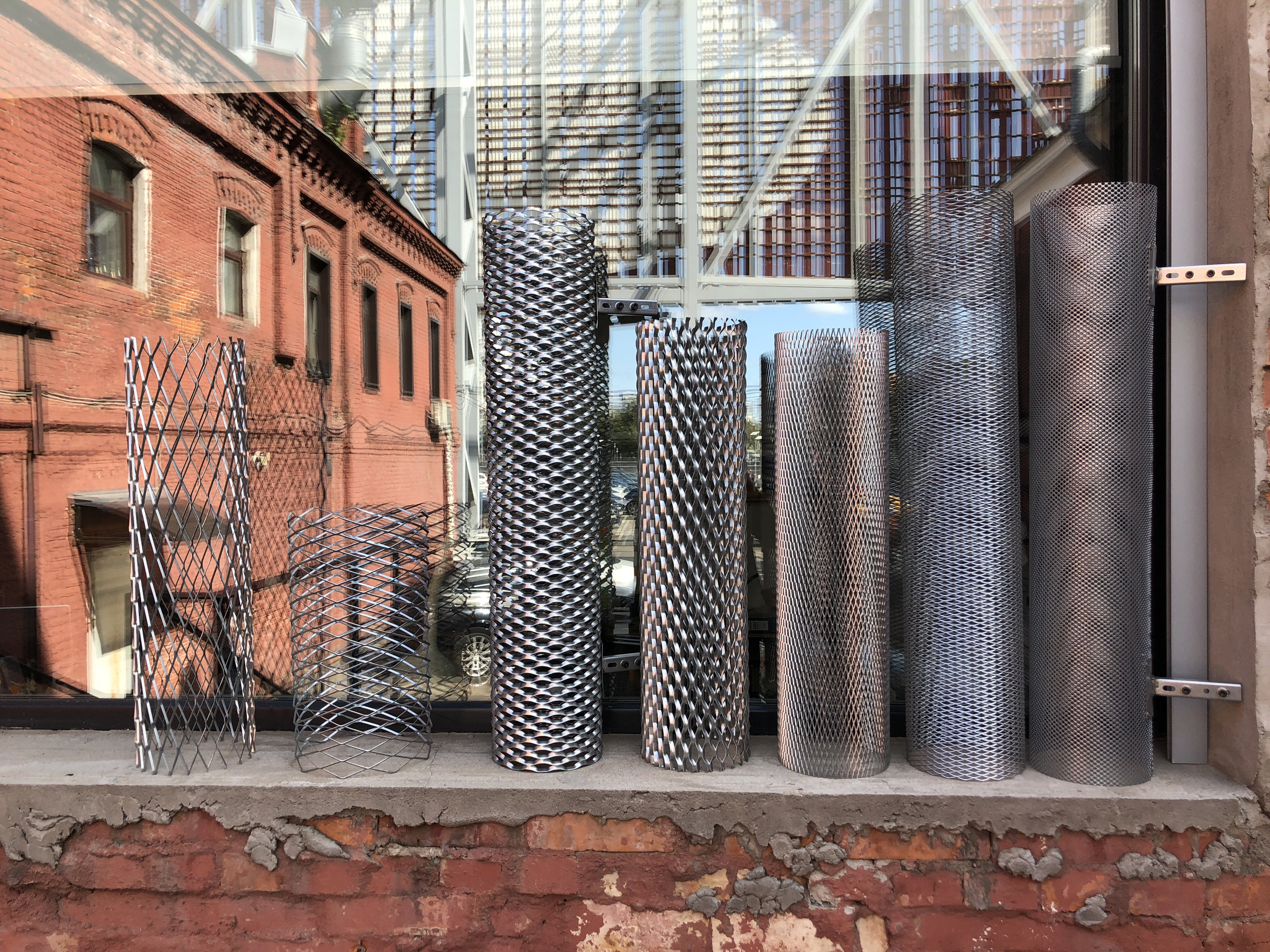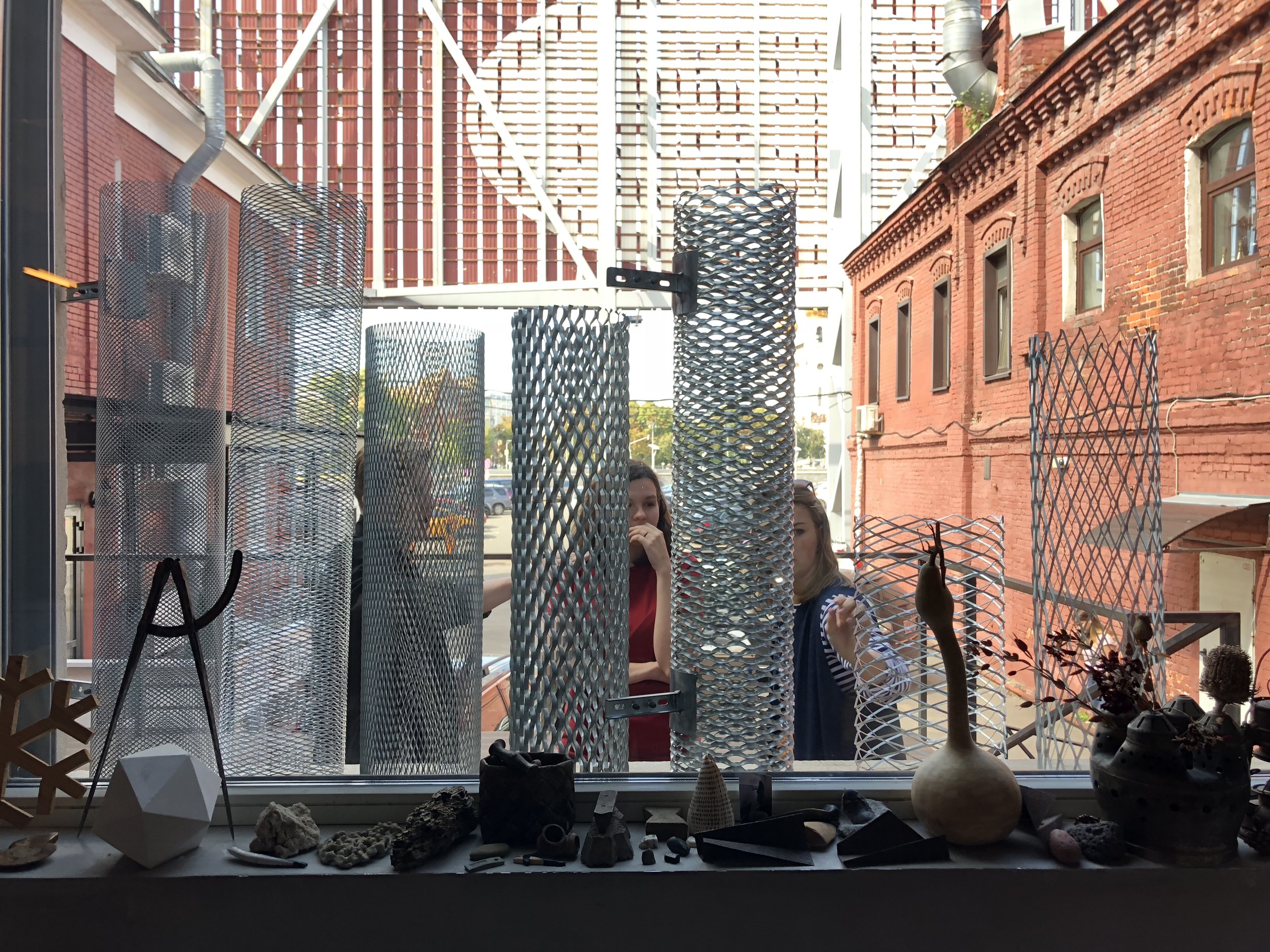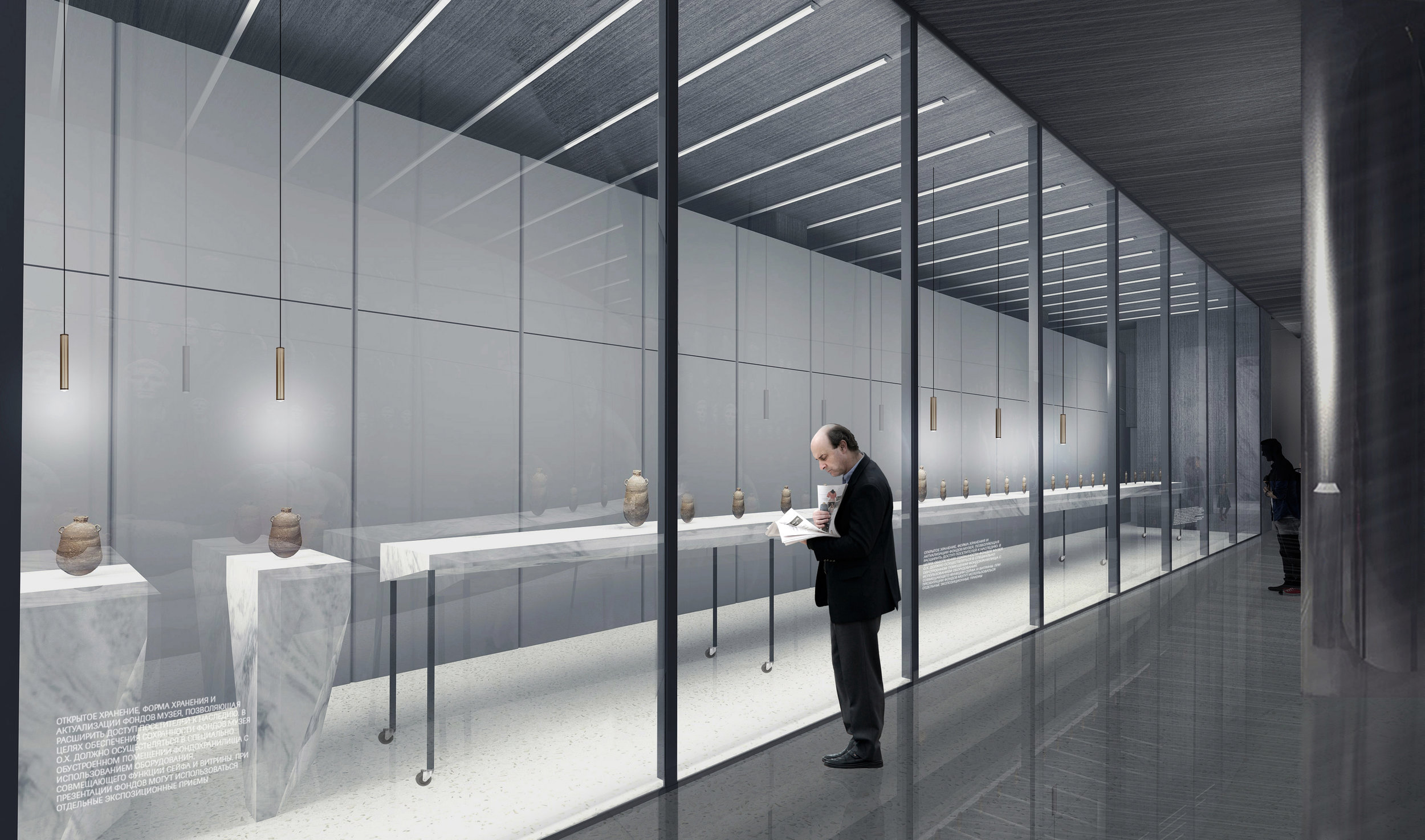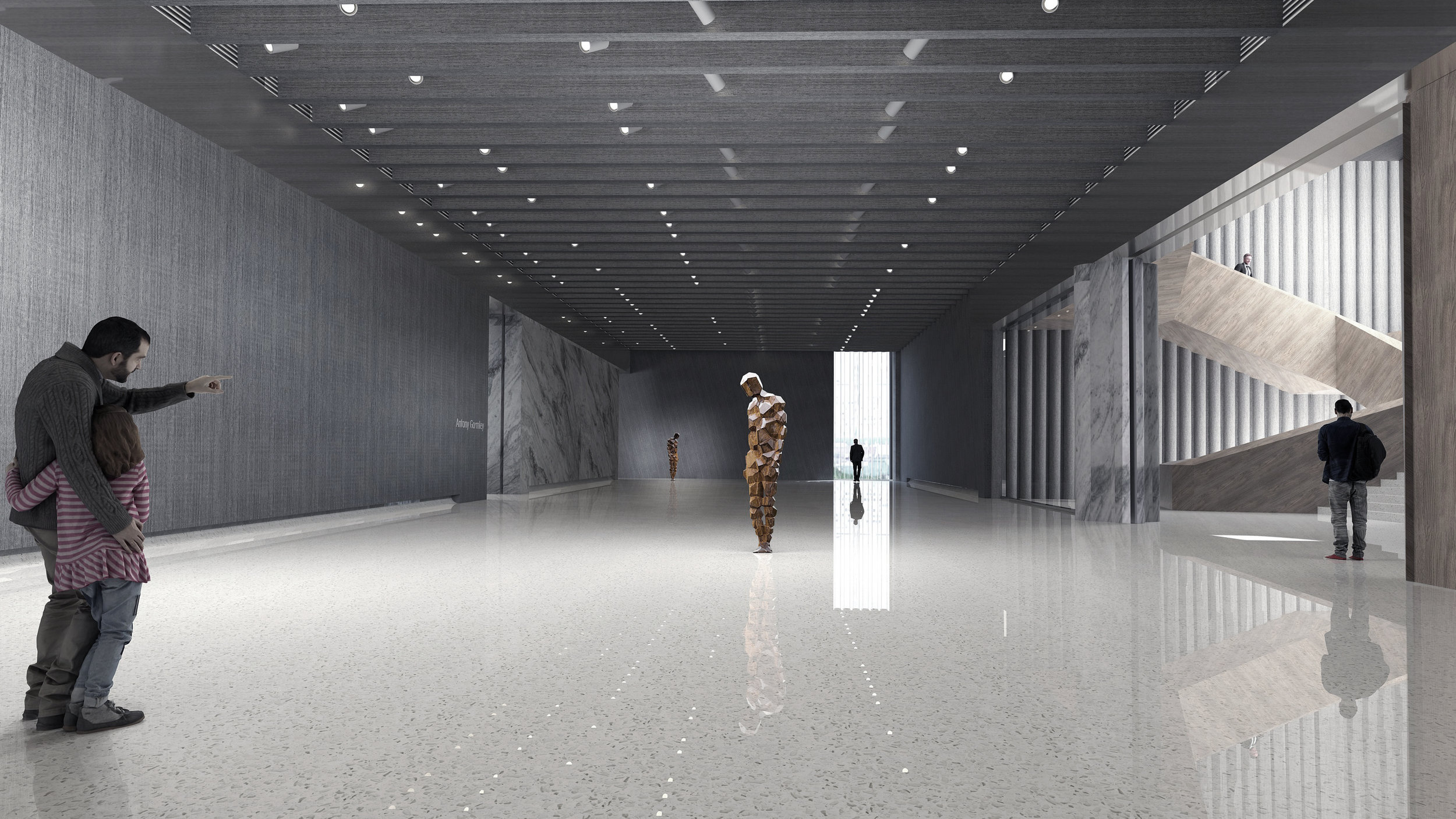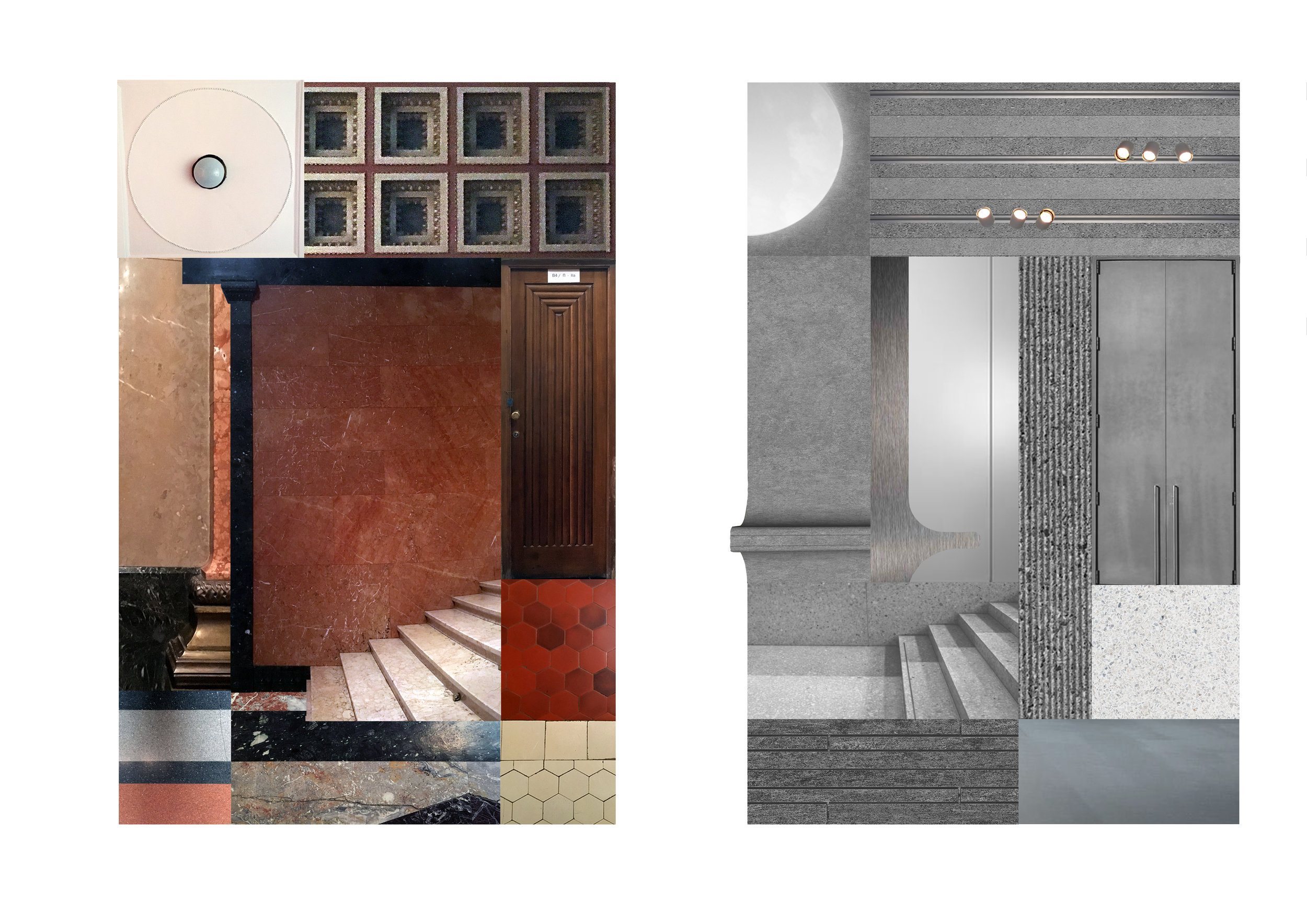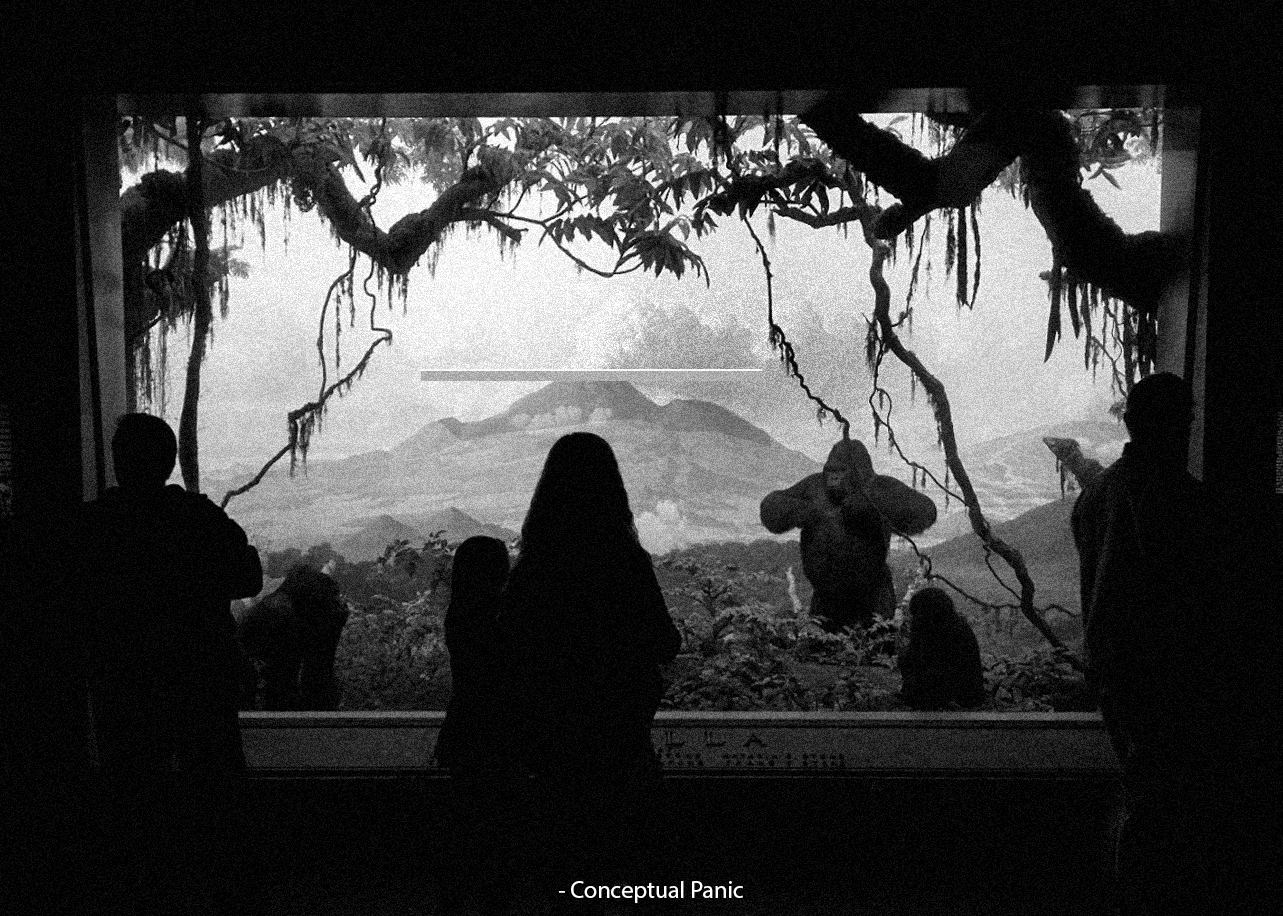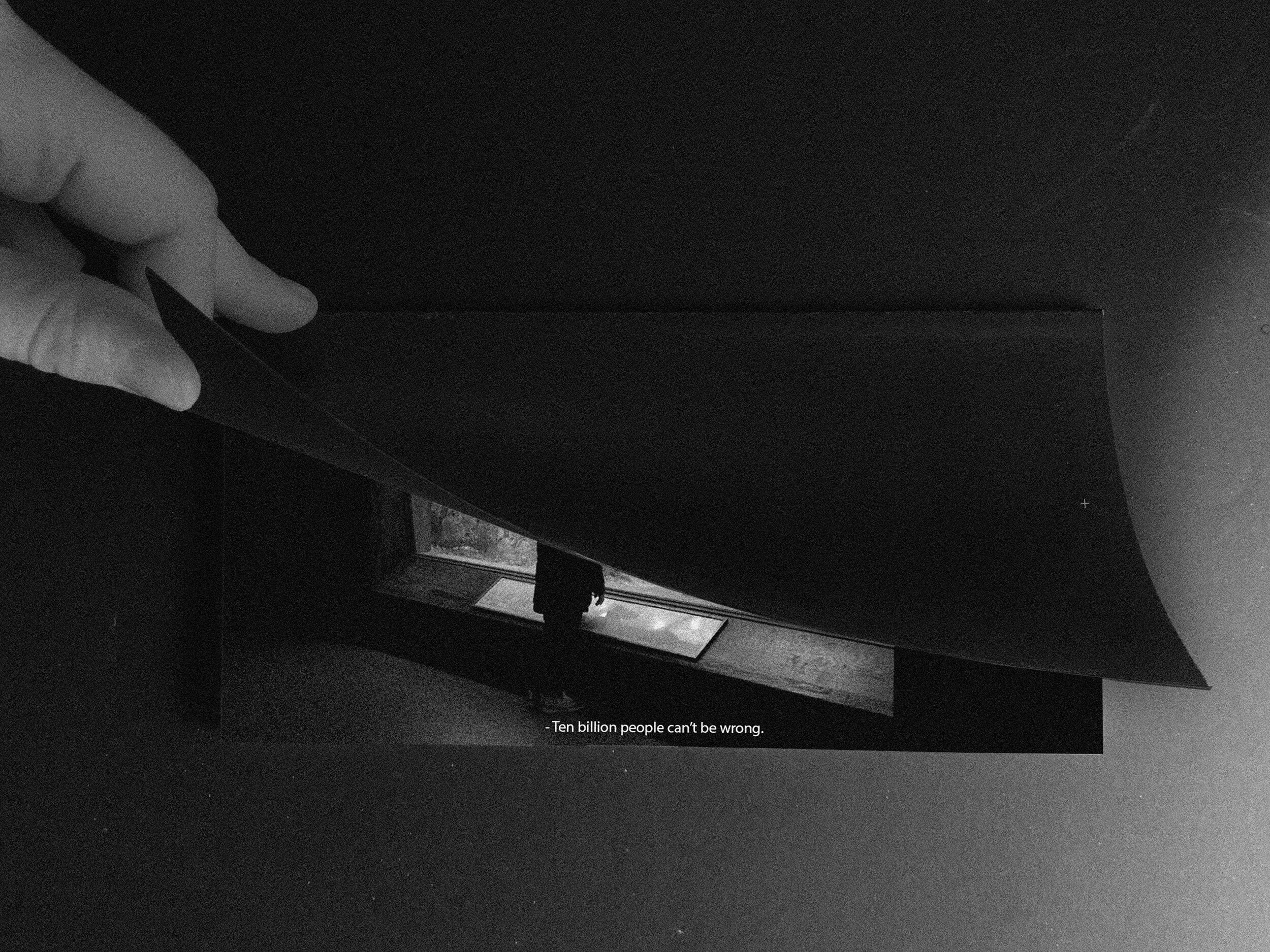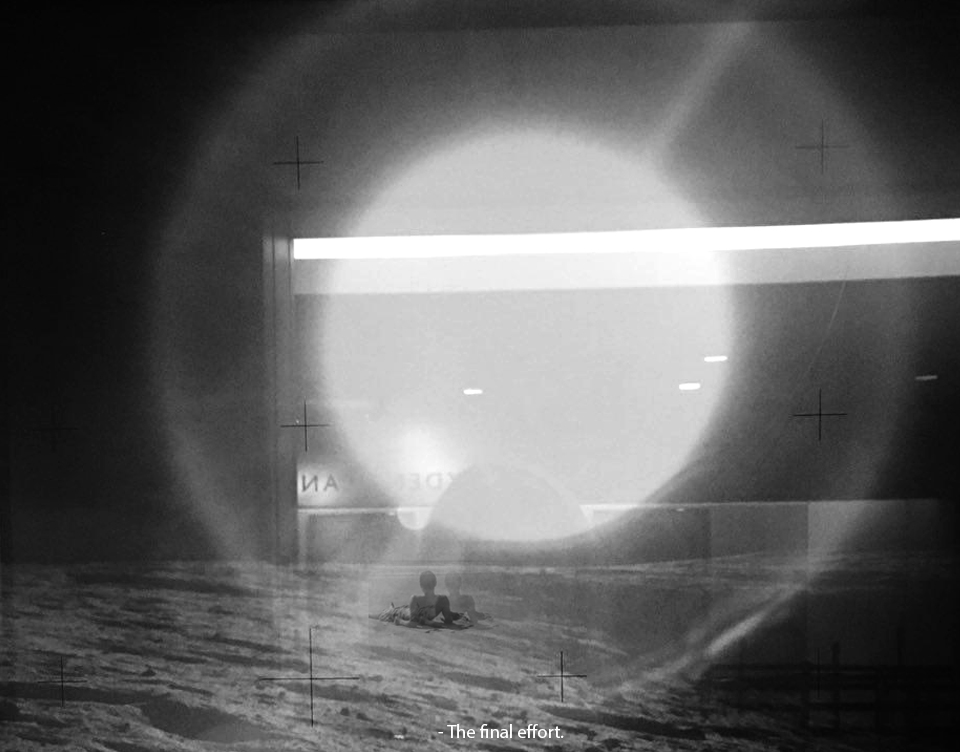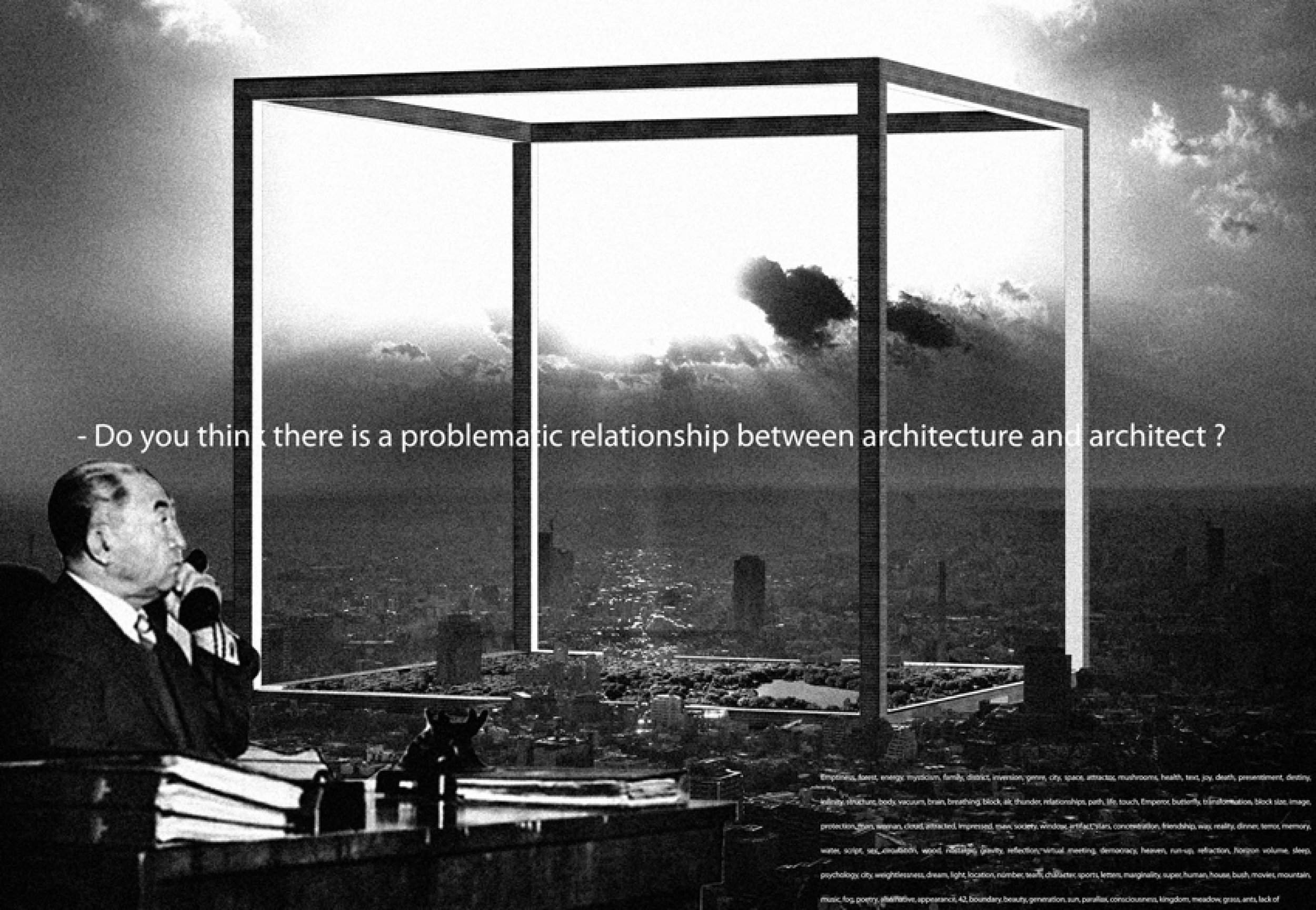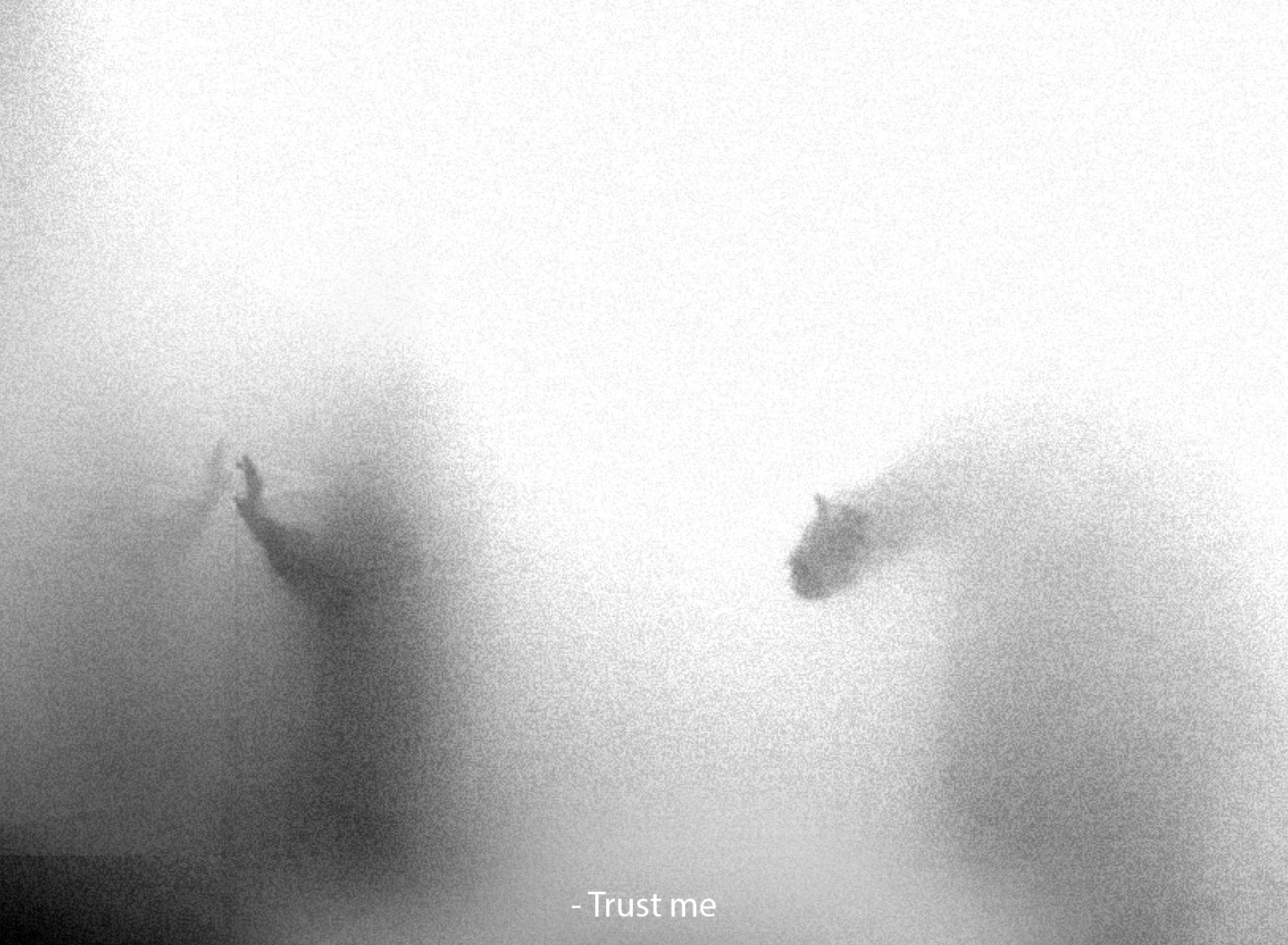3. Landscape as Memory.
Landscape serves as a hard drive for all the soft events - processes, histories, laws, rules, consensuses, myths, failures, and successes of the past. The human concurred the nature and upon it created its own. Its geographical reconfigurations are equally material and virtual, green and concrete at once – аnthroposcape, a physical mold of our civilization. Software becomes hardware, Information takes its material form.
4. Landscape as Climate.
Landscape is an ecosystem, a network of interactions consisting of crossover environments – political, cultural, social, economic, natural, and others that are tightly intertwined in time and space, permanently affecting each other through endless feedback loops. It is the intersection of the landscapes formed by alien cultures, mixed and swallowed by each other giving birth to new species and burying the ones that couldn’t survive.
5. Landscape as Provocation
It is by its nature a territory of evolutionary processes, spontaneous activities, conflicts, and mistakes that might lead to the emergence of new forms of activities while changing the existing behavior patterns. We build potential scenarios based on the union between imagination and reality, program and uncertainty. It rejects and in the same way encapsulates contrapositions like exterior/interior, human/nature, organic/non-organic, culture/mundanity, urban/rural. The ultimate absence of borders and limitations creates new interpretations and challenges.
6. Landscape as Myth.
It is an attempt to standardize a dream, to create an idealized place for everyone. It is an imaginary place of ideas and hopes, being in the constant rotation of natural selection. An idealized space that is never achieved, an unapproachable rendered model of the paradise that we have cultivated in our minds and failed to normalize. It is a dream about ourselves.
The Ultimate Manifesto is an attempt to develop an active design instrument in order to test the theory of the “total form” in practice. The necessity of such method appeared during the process when we raised several questions while working on the Pushkin State Museum of Fine Arts complex reconstruction project: one of the fundamental ones was the question of defining the border between the form and processes. In the project, we applied the metaphor of rhizosphere – a unified plateau for segmental buildings – the platform that creates a uniform design and offers programmable opportunities for different initiatives. The museum is mixed with the city, the borderlines become transparent and permeable. The opportunities of the platform are only limited by the conception of the depth of the urban and cultural processes, whereas architecture becomes an instrument for erasing limitations and restrictions, interior and exterior, by becoming a united microlandscape. By understanding that any intervention alters the overall system we consider all the twelve buildings of the museum, internet resources, the evolutionary city, transient spaces, and future exhibitions as one united body of the museum complex. For us, any of these museums by its typology is a part of the global museum infrastructure that shares and represents a united historical and cultural landscape. Moving around the world and visiting different museums, the spectator is, in fact, an explorer of the unified global museum landscape, which combines the common history of the exhibition spaces and expositions into one imaginary Supermuseum. All the museum collections form a united display of information and all exhibition spaces become a united space of representations as integral layers of the Ultimate Landscape.
In the project, we see all the buildings and the city as a united form of the landscape defined in a much broader sense in our Manifesto. The Ultimate Manifesto enables us to challenge routine architectural practice, adding to its visionary instrumentarium by mixing theory with reality. It is updated and expanded with each new project and can be applied to any scheme regardless of the scale, location, aesthetics, and time of origin, exploring forms as a united form in various incarnations – all the cities as a united city, all the cultures as a united culture – together they form the Ultimate Landscape, originated and fostered by the Anthropocene fever.




















